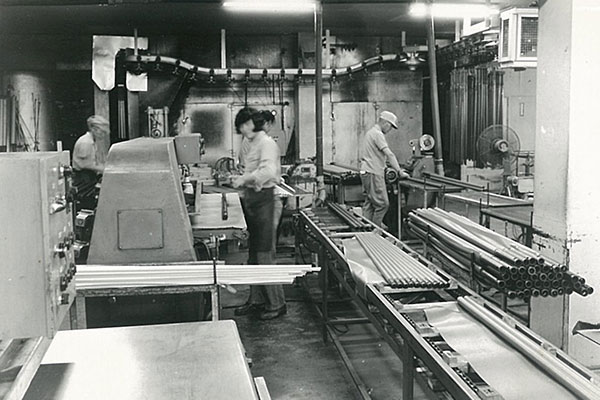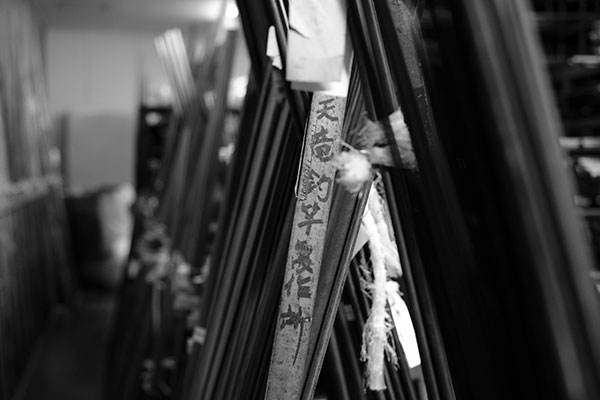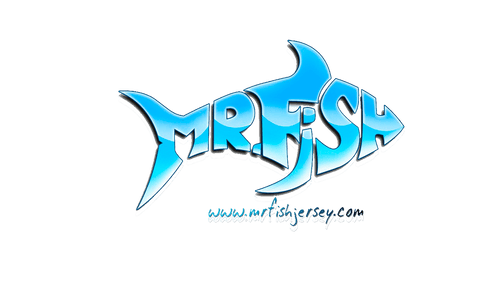I am going to (slowly) go through my favourite Tenryu rods over this winter, one by one I want to explain them and hopefully help people understand each model. I have had total confidence in my Tenryu rods since I discovered them back in 2007, and have watched them just adapt to every style of lure fishing we all love. To start with, I am going to translate an excellent article written by my friend Matteo Risi of Ultimate Fishing, he has explained the process that goes in to making them, from the in-house carbon being made (very few companies actually make their own carbon these days), to the actions created by blending carbon with glass. Anyhoo, here it is, and the original article can be found here
Carbon fiber, fiberglass, CNT… words that we all hear regularly to talk about the composition of our fishing rods. However, do you know what these different components induce on the action of these? In this article, we will focus on this subject, taking as a basis of discussion the range and the know-how of Tenryu.
Historical point on the manufacture of Tenryu rods
Tenryu is a brand deeply rooted in Japanese craftsmanship. The brand has been designing and handcrafting its fishing rods since 1961 in the city of Iida in Nagano Province. As an aside, the name "Tenryu" comes from the river of the same name that flows through the city of Iida. "Ryu" also means "Dragon" in Japanese, a name coming from the shape and power of this river, hence the brand's logo.



Tenryu is one of the very last manufacturers of fishing rod blanks in Japan and it still produces its own "carbon sheets". We will come back to this technology a little later but what is important to understand here is that the Japanese brand is capable of developing very specific rod actions according to sometimes very strict specifications. In this article, I do not want to dwell further on all the qualities of Tenryu rods. You are undoubtedly familiar with them and I therefore refer you back to this very comprehensive article written in 2013 by our president Yannick Cordier to take full measure of them: Why Tenryu? Let's now enter the technical part that interests us here.
Carbon and glass: the perfect composite?
Historically, fiberglass succeeded bamboo and allowed a first real technological advance in the field. Fiberglass is produced by spinning or blowing molten glass and is commonly used in the reinforcement of plastic-based products that can all be found on the market: ribbons, fabrics, etc. It is a very flexible material that can withstand very significant bending and is much less brittle than carbon fiber, among other things. Fiberglass therefore allows us to obtain large bends in our rods. Although other parameters are involved, we could summarize things by saying that the more a rod is rich in fiberglass, the more it will have a "parabolic" action. Why then not settle for a fiberglass rod? One of the major drawbacks of fiberglass is its weight, but also its lack of resonance (transmission of sensations, sensations of the bottom, bites, movements of fish, etc.) compared to other materials.

The arrival of carbon has once again revolutionized the entire industry: a material that is very expensive to develop but very technical, resistant and very light, not to mention its great capacity to transmit information. These are undeniable assets for our fishing rods! Carbon fiber itself is obtained by spinning a prepolymer that is treated at high temperature in order to eliminate everything that is not pure carbon. This weaving forms carbon sheets that are coated with thermosetting resin and wrapped around a mandrel to form a "classic" rod blank. Tenryu is thus one of the last rod manufacturers in Japan to weave and produce its carbon by hand.

On one side, we have a very flexible and very strong material, and on the other a very tactile and very light material: the perfect marriage! Tenryu therefore combines these two materials in most of its blanks, which forms a so-called "composite" material (a mixture of several materials to exploit the best technical and mechanical properties). It is thanks to this expertise in fiber and this know-how that the Japanese manufacturer gives its rods such emblematic softness and resilience.
Magna-Flex Technology

Magna-Flex technology is a technology at Tenryu resulting from their mastery of fiberglass and carbon fiber. It allows to mix two fibers with completely different behaviors, without there being any break between the different fibers.
As shown below, they are able to produce carbon fiber rods with a blank that ends in fiberglass without any breaking point between the different fibers and therefore without any point of fragility. The same rod is thus rolled with a material that will evolve over time. This allows for completely unique rod actions that are very specific to Tenryu.
What does this bring to fishing action? Firstly, as mentioned, there is no break in the continuity of the fibres so there is very little loss of information transmission. Consequently, this results in much more "tactile" rods . This transition of materials also makes it possible to avoid sleeve a solid tip into a tubular tip, this type of assembly is very demanding to use and very fragile in the event of an angle that is a little too tight during fishing action. This therefore gives much stronger and more durable rods . This technology also allows a more efficient distribution of materials which gives the rod mechanical qualities and a lightness that was not possible to achieve before, all with a disconcerting roundness and power!

They are also able to do it with different types of carbon, with a very hard carbon on the back of the rod and a very soft carbon at the tip like the Benthis rod . We can also mention the Red Flip for fishing with Tenya with this very soft tip and then some nerve for the strike or vice versa, some Rayz with a precise and fast tip for swimming fish but a great roundness afterwards in order to avoid loosing a fish during jumps.

The Nishijin Tablecloth
Nishijin (name of the Kyoto textile district) originally has nothing to do with the world of fishing. It is a pattern found in Japanese silk fabrics (emblematic patterns on accessories worn by Samurais, belts, helmet ornaments, etc.) and has been perpetuated for over 1000 years. It is an integral part of the country's culture. Tenryu weaves the carbon sheets themselves, they decided to include this pattern in the weaving after more than ten years of development. This represents a technological feat because carbon fiber does not behave at all like textile fiber and they also wanted this weaving to have mechanical contributions on the behavior of the rods.

Tenryu wanted their rods to have a Japanese signature that was clean and rooted in tradition. Beyond the simple visual and aesthetic aspect, Nishijin's webs have a real technical interest in reinforcing certain parts of the rod and providing more power. This weaving brings solidity to the rod joints or power to the lower quarter that is the butt of the rod. This technology is notably found on the rods of the Lunakia series, the Brigad Flip or even on the BC 73H Pike Special.
The CNT
The latest technological advance is quite recent and is based on nanotechnology (a technology on a very small scale). CNT is a carbon nanotube, that is to say a particularly thin carbon tube, which is injected into the resin when the rods are manufactured. Concretely, this allows to put much less resin in the manufacture of the rod blanks and therefore to offer much lighter rods but also much faster and more tactile. Thanks to the inclusion of nanotubes, it is possible to reduce the quantity of resin which allows to increase the transmission of information, sensations and to give more power to the rod, with a disconcerting finesse of rods. Which is particularly interesting when you want to fish fine and light while keeping enough power to bridle a nice fish.

For example, we can find these technologies at Tenryu on the entire series of Fast Fines, Lunkakia, Rayz or Brigade Flip. These are almost systematically rods dedicated to light fishing and are therefore particularly in line with their specifications.

Why red?
Since the early 2000s, Ultimate Fishing has established a strong relationship with Tenryu and nowadays, when we think of a Tenryu rod, we first think of a "red" rod. This color is attached to rod models exclusively developed and designed by the Ultimate Fishing team to match our European fishing.
Moreover, this red is a pigmented varnish applied hot in a single gesture by hand by passing the blank through a diaphragm. This thin layer brings a powerful roundness to the rod and allows the dissipation of energy in the varnish in the event of impacts.
Tenryu rods therefore represent a real exchange between a company rooted in pure Japanese tradition and a team of passionate fishermen who are committed to offering highly technical, well-crafted and well-thought-out equipment. From this marriage of cultures and techniques, rods with very particular actions have been born. For over 20 years now, each of the Tenryu rods has been developed for a particular program and a specific action. However, we can note that we sometimes realize that certain models perform particularly well in areas where we would not expect them. For example, we can mention the new AKURU BC 82ML which was announced as an ideal rod for fishing with soft lures in linear, but which also proves to be particularly effective for crankbait and lipless fishing.

Written by Matteo Risi (translated by Google and me!)

